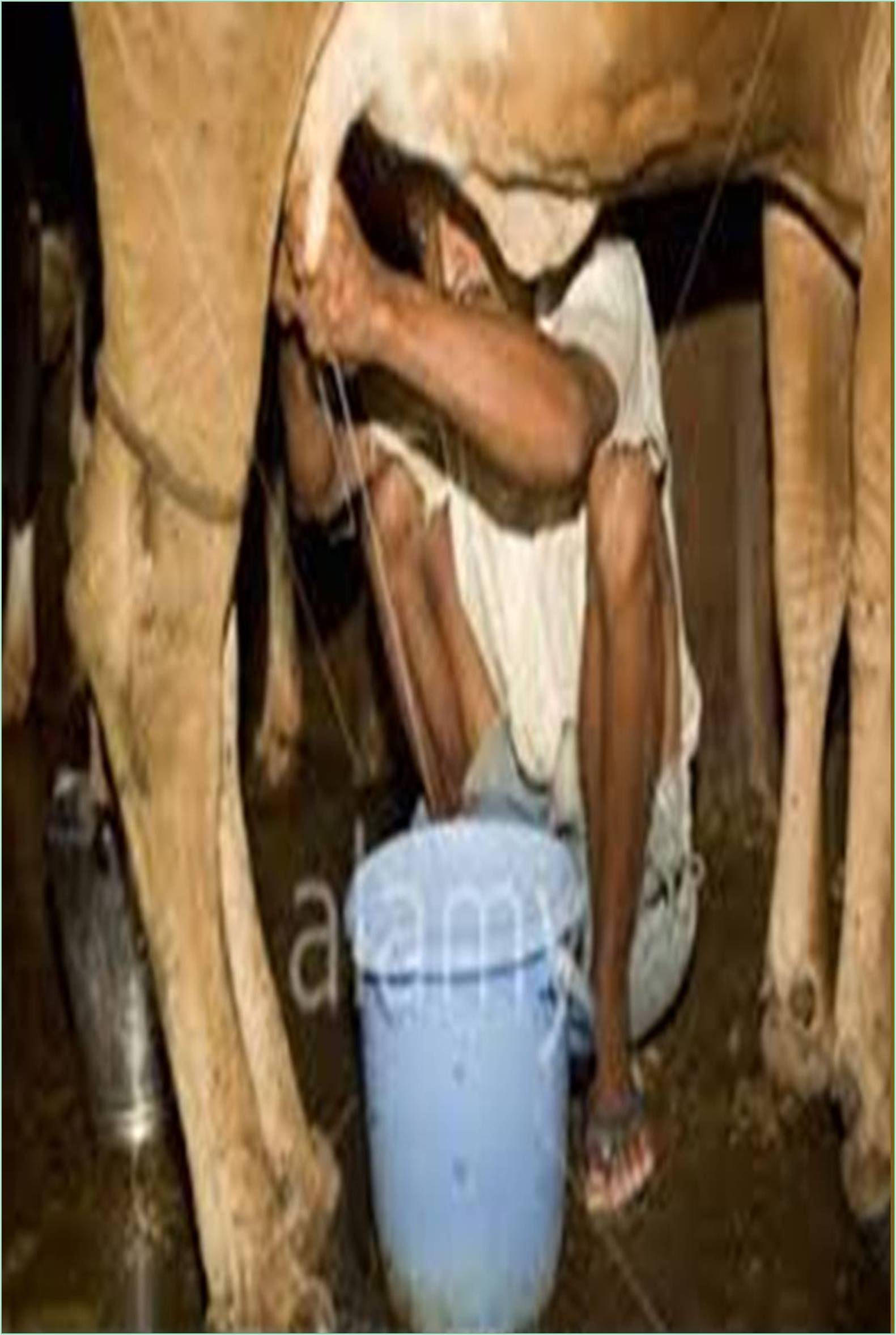



Received: 05-Jun-2023, Manuscript No. GJDFM-23-101270; Editor assigned: 07-Jun-2023, Pre QC No. GJDFM-23-101270 (PQ); Reviewed: 21-Jun-2023, QC No. GJDFM-23-101270; Revised: 04-Aug-2023, Manuscript No. GJDFM-23-101270 (R); Published: 11-Aug-2023, DOI: 10.15651/GJDFM.23.8.084
Feed shortage is a major issue faced by smallholder dairy farmers in the Northern Province of Sri Lanka due to various challenges, including seasonality, lack of grazing lands, and increased prices of feedstuff in the market. To overcome these obstacles, a study was conducted on the cultivation of improved cultivars of Napier grass in Kilinochchi district, Northern Province of Sri Lanka in 2023 (January and February). The study aimed to determine the adaptability of the three Napier cultivars, CO6 TNCN 1280, red Napier BH 18, and super Napier/Pakchong 1, to local soil conditions, and to assess their yield performance under specific agronomic practices.
The study was carried out in two remote villages focusing on a smallholder dairy farmer who cultivated the Napier cultivars to feed their cows. The agronomic practices included a spacing of 1 m × 1 m, red-yellow latosol soil, irrigation by rain gun, rain fed and furrow, fertilization with cattle manure and compost, irrigation immediately after planting, weeding on the 30th day after planting, and life irrigation on the 3rd day and thereafter once in 14 days.
The results showed that the super Napier cultivar had the highest green fodder yield per acre at the first harvest, followed by CO6 and red Napier. The yield per acre at the first harvest was 34,800 kg/acre, 24,300 kg/acre, and 20,230 kg/acre for super Napier, CO6, and red Napier, respectively. The height at the first harvest was 13 ft, 15 ft, and 7 ft for super Napier, CO6, and red Napier, respectively. The number of tillers at germination varied with CO6 having 20 to 25, red Napier having 15 to 20, and super Napier having 15 to 20.
The results of this study show that the cultivation and promotion of improved Napier grass cultivars under suitable agronomic practices can be a cost effective solution for smallholder dairy farmers to overcome feed shortages. Cattle manure was a suitable fertilizer for the three Napier grass cultivars, and furrow irrigation was effective in water management. Proper agronomic practices can enhance their yield performance. This study provides valuable information for smallholder dairy farmers and agribusinesses interested in improving feed availability and productivity in the region and this study will contribute valuable insights to the scientific community for further research in agronomic practices and yield performance of Napier cultivars in the Northern province of Sri Lanka.
Napier cultivars, Agronomic practices, Yield performance, Smallholder dairy farmers, Kilinochchi district, Sri Lanka
Smallholder dairy farmers in the Northern Province of Sri Lanka face major challenges, including seasonality, lack of grazing lands, and increased prices of feedstuff in the market (Anon, 2022). Feed shortage is a major issue faced by smallholder dairy farmers. Napier grass has been identified as one of the solutions to overcome feed shortages (Gunaratne NNR et al., 2016). Napier grass is a fast growing, high-yielding, perennial tropical grass that can provide high-quality green fodder for livestock (Olufajo A et al., 2015). Therefore, a study was conducted to determine the yield performance of three Napier cultivars under agronomic practices in Kilinochchi district, Northern Province of Sri Lanka (Pathirana KJ et al., 2017).
The study was carried out in two remote villages in Kilinochchi district, Northern Province of Sri Lanka, from January to March 2023 (Rass LB et al., 2018). The three Napier cultivars used in the study were Co6 TNCN 1280, red Napier BH 18, and super Napier/Pakchong 1. The agronomic practices included a spacing of 1 m x 1 m, red-yellow latosol soil, irrigation by rain gun, rain fed and furrow, fertilization with cattle manure and compost, irrigation immediately after planting, weeding on the 30th day after planting, and life irrigation on the 3rd day and thereafter once in 14 days (Vanaja M et al., 2021). The study focused on a smallholder dairy farmer who cultivated the Napier cultivars to feed their cows (Pushparajah S et al., 2018).
The super Napier cultivar had the highest green fodder yield per acre at the first harvest (34,800 kg/acre), followed by Co6 (24,300 kg/acre) and red Napier (20,230 kg/acre). The height at the first harvest was 13 ft, 15 ft, and 7 ft for super Napier, Co6, and red Napier, respectively. The number of tillers at germination varied with Co6 having 20 to 25, red Napier having 15 to 20, and super Napier having 15 to 20. Cattle manure was a suitable fertilizer for the three Napier grass cultivars, and furrow irrigation was effective in water management (Gnanagobal H et al., 2018). Proper agronomic practices can enhance their yield performance.
The results of the study indicate that the cultivation and promotion of improved Napier grass cultivars under suitable agronomic practices can be a cost-effective solution for smallholder dairy farmers to overcome feed shortages. Napier grass is a fast growing, high-yielding, perennial tropical grass that can provide high-quality green fodder for livestock. Proper agronomic practices can enhance their yield performance. The study provides valuable information for smallholder dairy farmers and agribusinesses interested in improving feed availability and productivity in the region.
The author acknowledges the smallholder dairy farmers who participated in this study. The author also acknowledges the department of animal production and health for providing the necessary support and facilities to conduct this study.